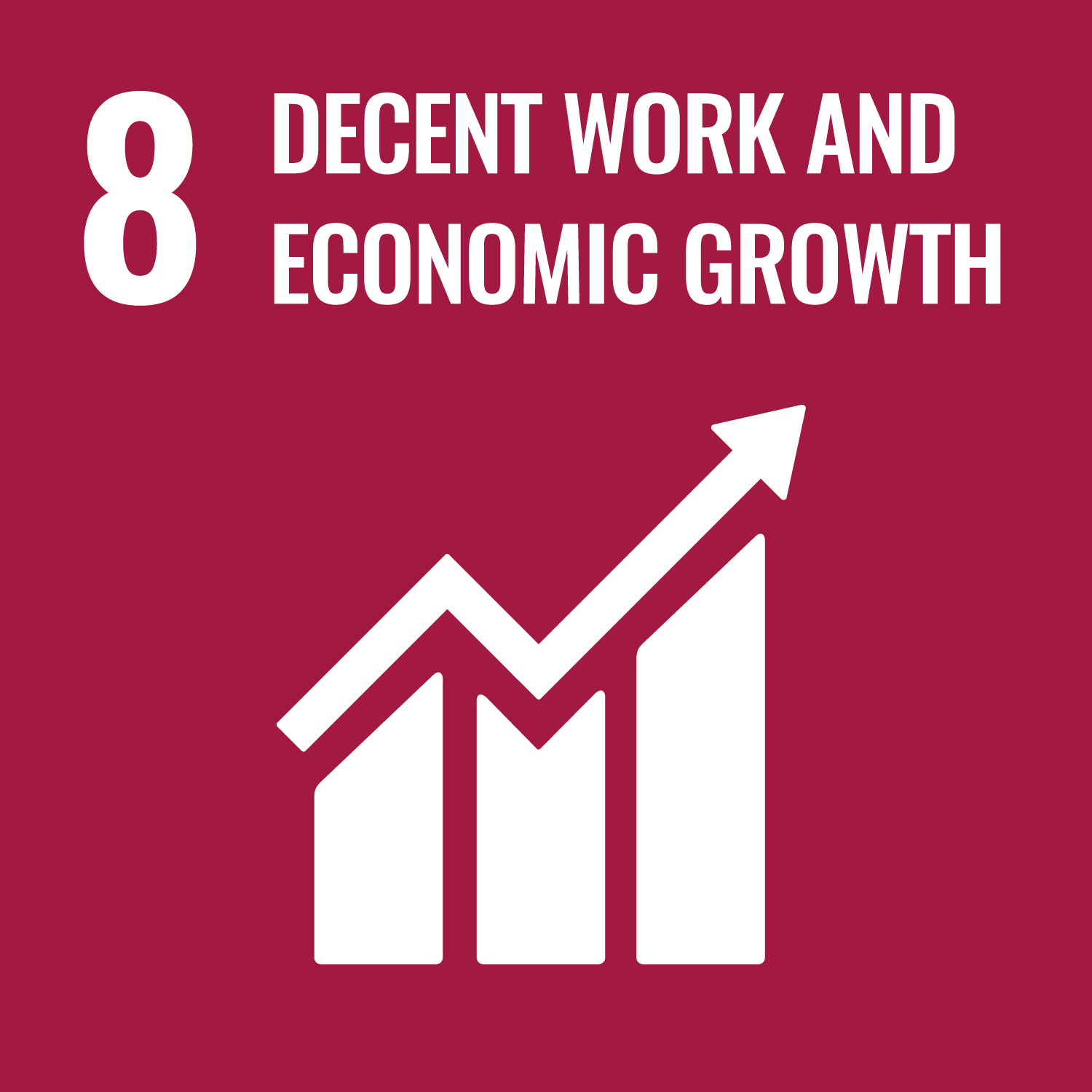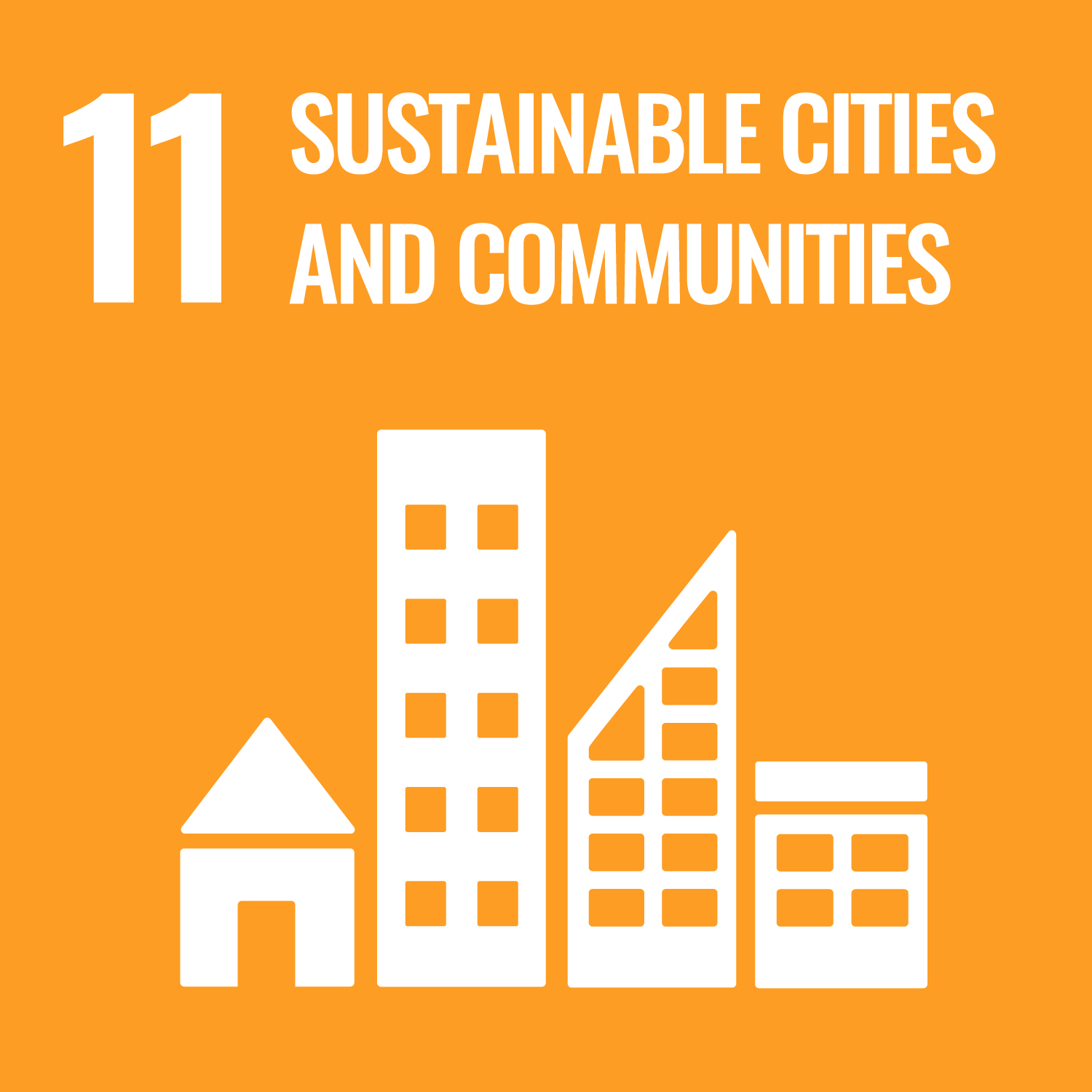Architectural production and construction involve completing a building project in accordance with the design documents, adhering
to relevant laws and regulations, and meeting the owner's requirements, all while ensuring safety, maintaining appropriate
costs, and delivering the project within the contract period. In the lectures, various types of construction works and representative
project cases will be introduced, along with cutting-edge architectural technologies that will shape the present and near
future. Additionally, students will understand the collaborative nature of the architectural process, working alongside professionals
from various industries to create architectural works, while also experiencing the essence of "monozukuri" (the art of making
things). Moreover, by exploring assembly techniques for components produced in precast and steel factories, students will
gain insights into the fundamentals of architectural production.
The goal of this course is to help students understand the flow of architectural construction, as well as to enable them to
interpret construction drawings and schedules. Additionally, students will learn about the construction techniques of buildings
with various structural forms and acquire the foundational knowledge necessary to thrive in the architectural production and
construction field, which is the origin of "monozukuri" (the art of making things), in the near future. Furthermore, this
course will invite professionals actively working on real construction sites and provide opportunities to engage with specific
examples, including site visits, in order to help students understand the concept of architectural "monozukuri."
- The students will be able to explain the process of architectural production and construction.
- The students will be able to explain the construction procedures for shoring, foundation, piling work, as well as reinforced concrete and steel frame construction.
- The students will be able to explain the architectural production and construction system by understanding real-world materials and methods through site visits.
| Attendance reports | Midterm Exam | Jobsite visit | Effort | Total. | |
|---|---|---|---|---|---|
| 1. | 10% | 10% | 0% | 5% | 25% |
| 2. | 20% | 20% | 0% | 5% | 45% |
| 3. | 0% | 0% | 30% | 0% | 30% |
| 4. | 0% | ||||
| Total. | 30% | 30% | 30% | 10% | - |
| Class schedule | HW assignments (Including preparation and review of the class.) | Amount of Time Required | |
|---|---|---|---|
| 1. | Guidance / Current topic | Preparation of next lesson and review of the lesson | 200minutes |
| 2. | Temporary works / Subterranean works | Preparation of next lesson and review of the lesson | 200minutes |
| 3. | Reinforced concrete work (Formwork) | Preparation of next lesson and review of the lesson | 200minutes |
| 4. | Reinforced concrete work (Reinforcement work) | Preparation of next lesson and review of the lesson | 200minutes |
| 5. | Reinforced concrete work (Concrete casting) | Preparation of next lesson and review of the lesson | 200minutes |
| 6. | Steel construction | Preparation of next lesson and review of the lesson | 200minutes |
| 7. | Curtain wall | Preparation of next lesson and review of the lesson | 200minutes |
| 8. | Midterm examination | Preparation of next lesson and review of the lesson | 200minutes |
| 9. | Construction in practice 1 | Preparation of next lesson and review of the lesson | 200minutes |
| 10. | Construction in practice 2 | Preparation of next lesson and review of the lesson | 200minutes |
| 11. | Construction in practice 3 | Preparation of next lesson and review of the lesson | 200minutes |
| 12. | Construction in practice 4 | Preparation of next lesson and review of the lesson | 200minutes |
| 13. | Construction in practice 5 | Preparation of next lesson and review of the lesson | 200minutes |
| 14. | Construction in practice 6 | Review of all lessons | 100minutes |
| Total. | - | - | 2700minutes |
1. Attendance and response sheets: 30%
2. Midterm examination: 30%
3. Report of jobsite visit: 30%
4. Attitude of attendance: 10%
Those who get at least 60% of the full score and attend at least 50% of the lectures will pass this course.
2. Midterm examination: 30%
3. Report of jobsite visit: 30%
4. Attitude of attendance: 10%
Those who get at least 60% of the full score and attend at least 50% of the lectures will pass this course.
| ways of feedback | specific contents about "Other" |
|---|---|
| 授業内と授業外でフィードバックを行います。 |
教科書:日本建設業連合会編「施工がわかるイラスト建築生産入門」彰国社
参考書:彰国社「穴埋め式 ワークブック施工がわかるイラスト建築生産入門」日本建設業連合会編
参考書:松村秀一他「建築新講座テキスト 建築生産(第三版)」市ヶ谷出版社
参考書:「鉄筋コンクリート工事の基本と施工管理」井上書院
参考書:彰国社「穴埋め式 ワークブック施工がわかるイラスト建築生産入門」日本建設業連合会編
参考書:松村秀一他「建築新講座テキスト 建築生産(第三版)」市ヶ谷出版社
参考書:「鉄筋コンクリート工事の基本と施工管理」井上書院
Inveatigation of relative imformation of construction systems in Japan and oversea countries
- From 12:30 P.M. to 1:00 PM on the days of lecture or make appointments.
- Course that cultivates an ability for utilizing knowledge
| Work experience | Work experience and relevance to the course content if applicable |
|---|---|
| Applicable | The lectures on the fundamentals of architectural structural mechanics will be conducted by Professor Ishikawa, who brings
over 20 years of research experience at a major general contractor’s technical research institute, 2 years of structural design
experience in the design department, and 1 year of on-site experience in related departments. Professor Ishikawa has hands-on
experience in the entire process of urban redevelopment planning, design, and construction, providing students with comprehensive
insights into the field. Additionally, Professor Ishikawa holds a first-class architect qualification and possesses extensive
experience as a researcher and developer in cutting-edge architectural structural technologies. This enables him to offer
lectures based on practical, real-world experience that aligns with the industry's current needs. Another instructor, Professor Kataoka, has significant experience in technical development, research, and planning within a leading general contractor, as well as in construction support and planning. His deep understanding of the realities of construction sites, paired with his qualification as a first-class architect, allows him to provide lectures rooted in practical, real-world knowledge. Through these lectures by experienced professionals, students will have the opportunity to learn from experts in various fields, ensuring that the content is directly relevant to current architectural production practices. |




- 8.DECENT WORK AND ECONOMIC GROWTH
- 9.INDUSTRY, INNOVATION AND INFRASTRUCTURE
- 11.SUSTAINABLE CITIES AND COMMUNITIES
- 12.RESPONSIBLE CONSUMPTION & PRODUCTION
Last modified : Sat Feb 22 04:06:53 JST 2025

